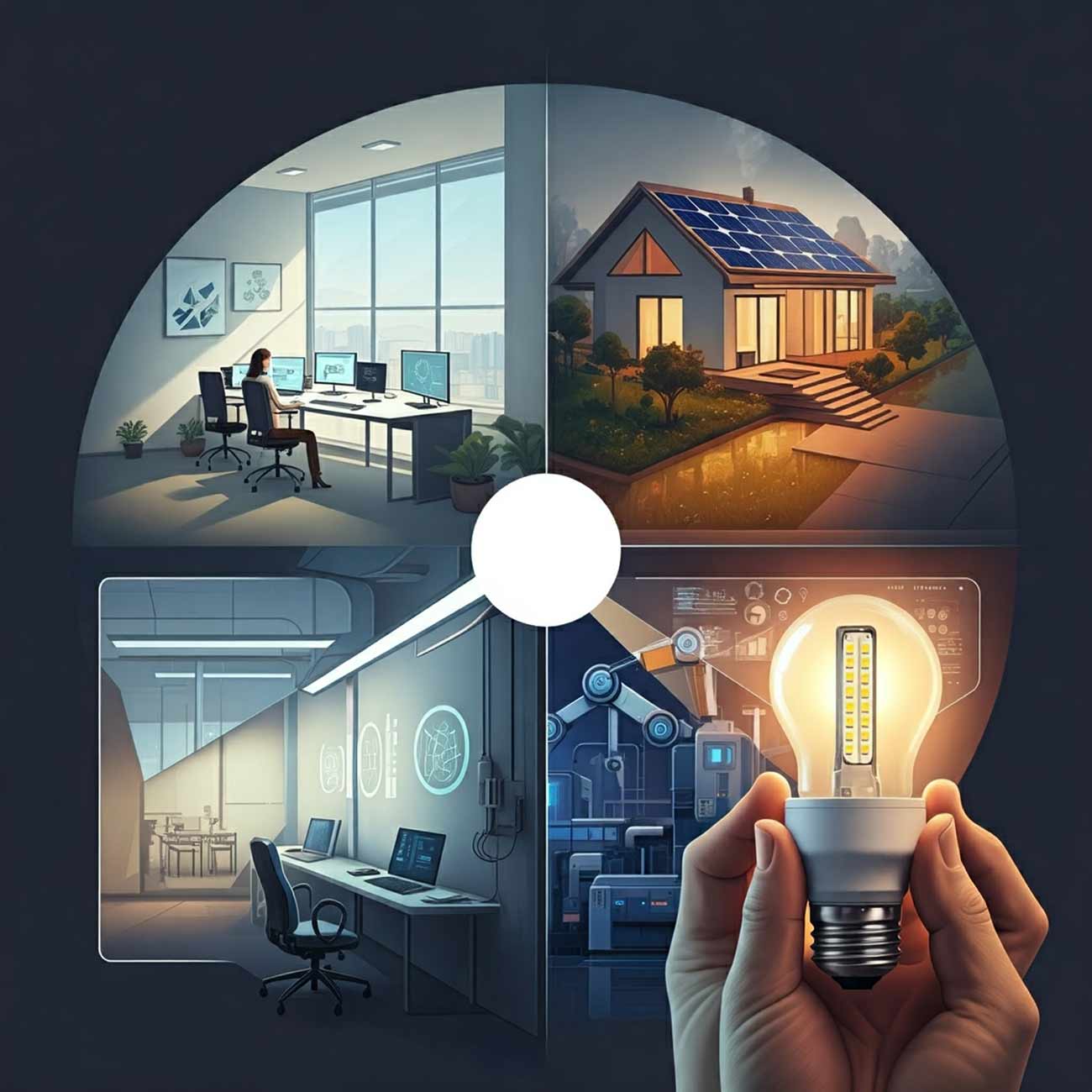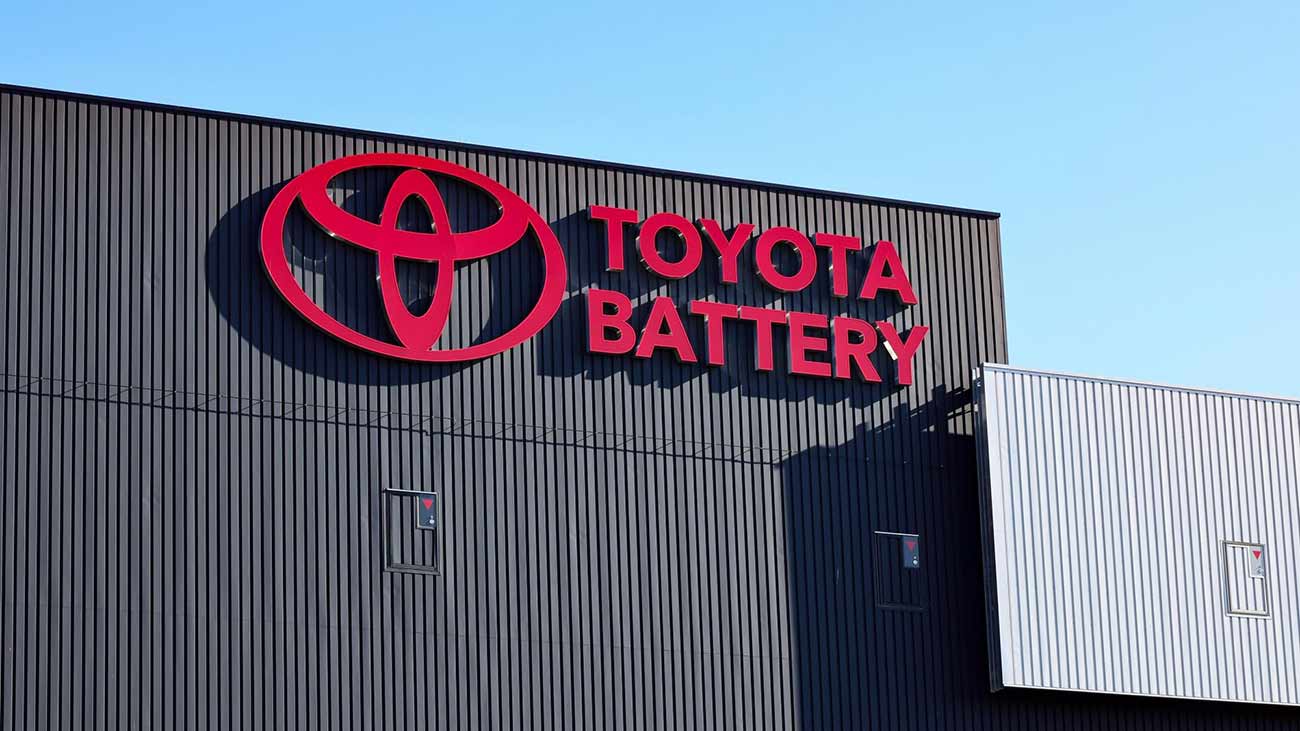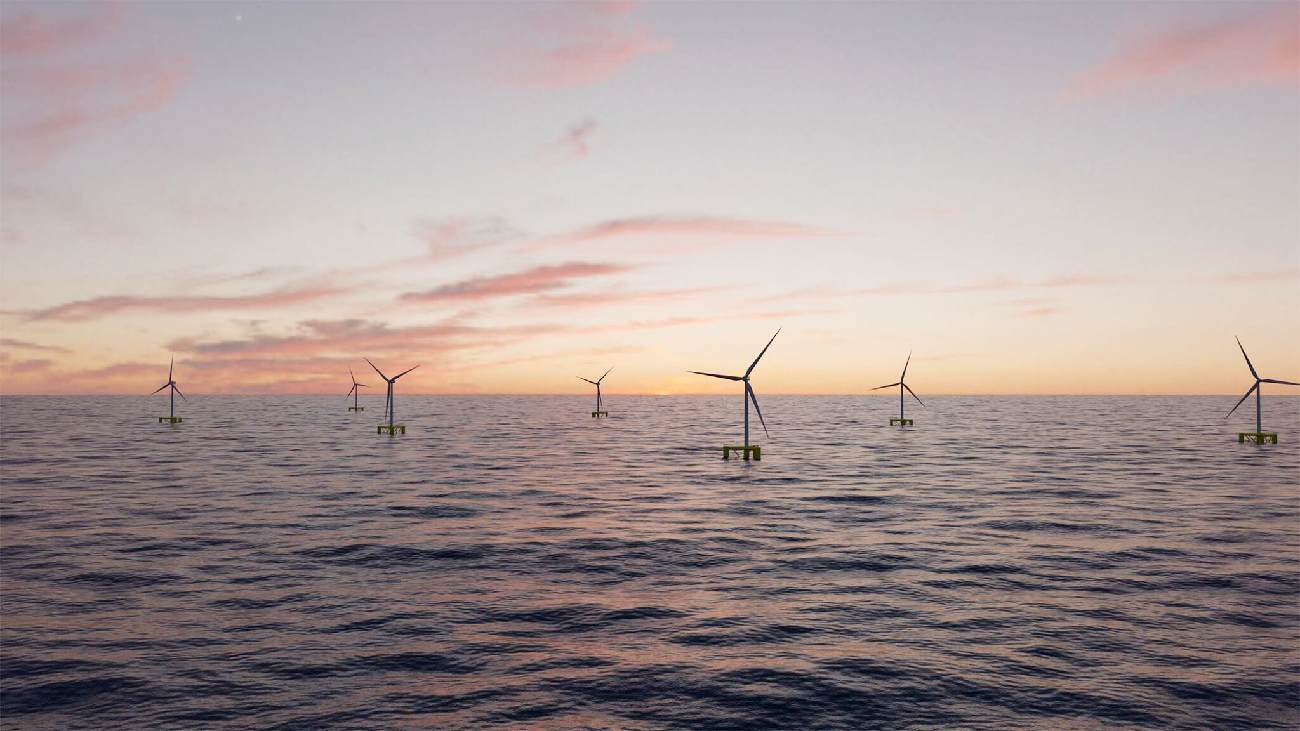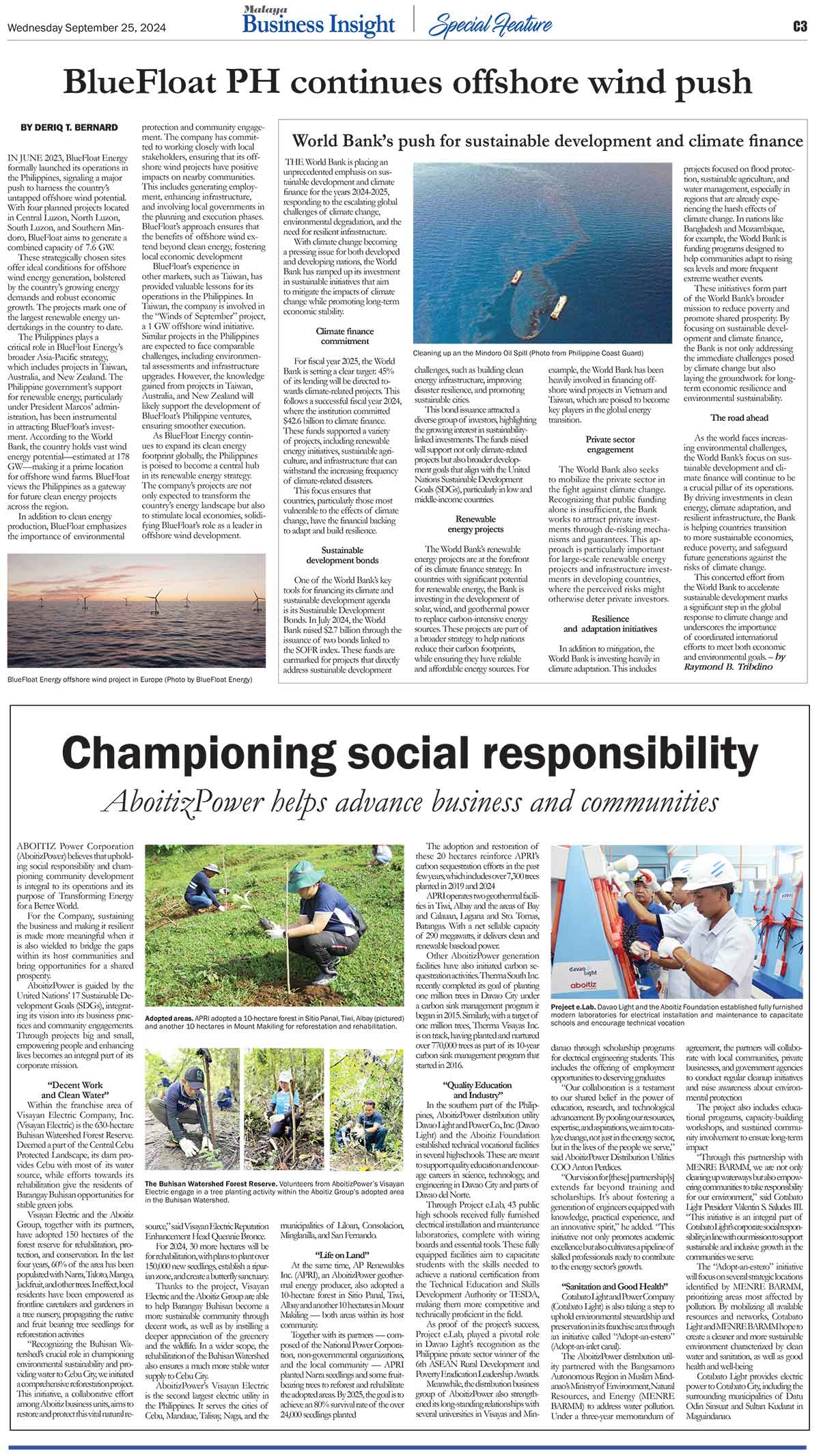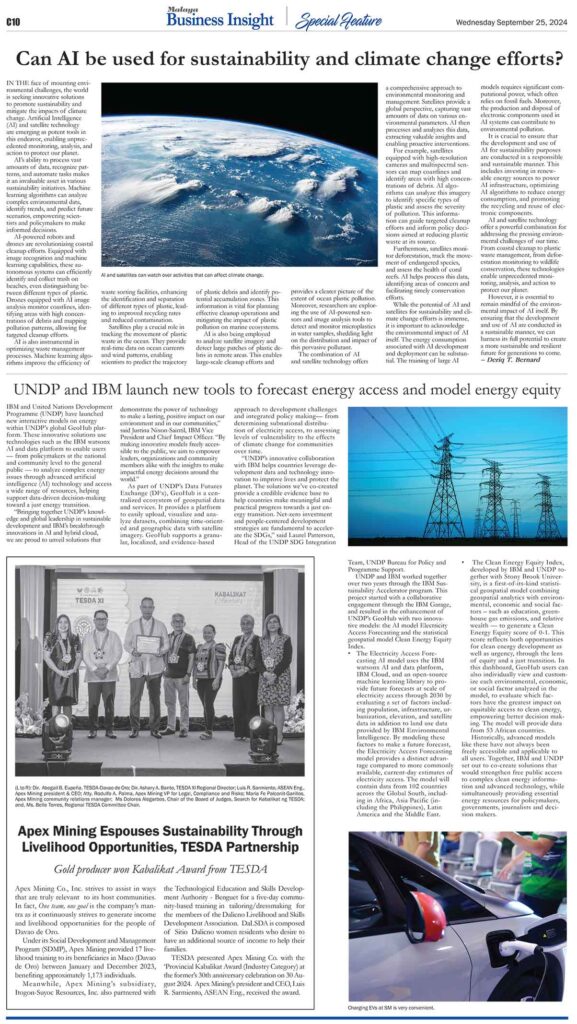ENERGY efficiency, the practice of using energy wisely and minimizing waste, has become a critical issue in the Philippines. As the country grapples with increasing energy demand and the challenges of climate change, the importance of energy efficiency initiatives has grown exponentially.
Energy efficiency is not merely about saving money; it is a powerful tool for mitigating the impacts of climate change. By reducing energy consumption, we can lower greenhouse gas emissions, which contribute to global warming and its associated consequences. In the Philippines, a country vulnerable to climate change, promoting energy efficiency is essential for ensuring a sustainable and resilient future.
Government policies and programs leading the way
The Philippine government has played a crucial role in promoting energy efficiency and renewable energy.
The National Energy Efficiency and Conservation Program (NEECP) has been instrumental in establishing a framework for energy efficiency policies and programs. The program has focused on raising awareness, providing technical assistance, and implementing energy efficiency standards and labels.
The government has also set ambitious targets for renewable energy development, aiming to increase the share of renewable energy in the country’s energy mix. These targets have incentivized investments in renewable energy projects and have helped to create a favorable environment for growth in this sector.
Furthermore, the government has provided financial support and incentives for energy efficiency projects, including loans, grants, and tax breaks. These measures have made it more attractive for businesses and individuals to invest in energy-efficient technologies and practices.
Renewable energy is also energy efficiency
Renewable energy and energy efficiency are often intertwined, working together to create a sustainable energy future.
While distinct concepts, they complement and reinforce each other in several ways. Renewable energy sources like solar, wind, and hydro power generate electricity from natural resources that regenerate over time, reducing reliance on finite fossil fuels. Energy efficiency focuses on using less energy to achieve the same outcome, for example, by using LED lighting or improving building insulation.
AboitizPower is major player in the Philippine energy landscape, and is steadily transitioning towards a balanced energy mix. Their “Cleanergy” portfolio encompasses a diverse range of renewable energy sources. Hydroelectric power remains a cornerstone, with ongoing efforts to rehabilitate and upgrade existing facilities like the Ambuklao-Binga complex. Geothermal energy, harnessed from the country’s volcanic regions, is another key component, with plans to expand the capacity of plants like Tiwi-MakBan. AboitizPower is also actively developing solar power, with innovative projects like the floating solar farm planned for Laguna Lake. Furthermore, they are exploring the potential of offshore wind power, which could significantly contribute to the nation’s renewable energy capacity.
Ayala Corporation (AC Energy), the renewable energy arm of Ayala Corporation, is focused on expanding its solar and wind power portfolio both domestically and across the Asia-Pacific region. With ambitious targets for solar capacity installation, AC Energy is developing large-scale solar farms in the Philippines and partnering on projects in countries like Vietnam and Indonesia. Recognizing the intermittent nature of renewable energy sources, AC Energy is also investing in battery energy storage systems to ensure grid stability and reliability.
BDO Unibank, one of the largest banks in the Philippines, is implementing energy efficiency practices in its branches and offices. The bank is also promoting green finance initiatives to support sustainable projects and businesses, and encouraging customers to adopt paperless banking practices.
Globe Telecom is committed to achieving carbon neutrality by 2050. The company is investing in renewable energy to power its network infrastructure, implementing energy-efficient cooling systems in its data centers, and utilizing energy-saving equipment and practices in its offices. Globe is also offering green ICT solutions to help businesses reduce their environmental impact.
JG Summit Holdings is integrating sustainability across its various businesses. Their airline, Cebu Pacific, is exploring the use of sustainable aviation fuel to reduce its carbon emissions. Universal Robina Corporation, their food manufacturing subsidiary, is implementing energy efficiency programs and waste reduction initiatives in its factories. Robinsons Land Corporation, their real estate arm, is incorporating green building design in its developments and utilizing energy-efficient technologies in its malls and office buildings.
PLDT, another major telecommunications company, is also focused on reducing its carbon footprint. The company is investing in renewable energy to power its network infrastructure, implementing energy-efficient technologies in its data centers and offices, and undertaking reforestation programs to offset its emissions. PLDT is also prioritizing the disaster resilience of its network infrastructure.
Metro Pacific Investments Corporation is mostly an infrastructure company and is prioritizing energy efficiency across its diverse portfolio. They are implementing energy-saving measures in power plants, utilizing efficient water pumping and treatment technologies, and incorporating energy-efficient lighting and traffic management systems in their toll road infrastructure. Metro Pacific Investments Corporation is also investing in electric vehicle infrastructure to promote the adoption of cleaner transportation options.
Purefoods Food, Inc. the maker of the immensely popular “Tender, Juicy, Tasty” hotdog is leading food manufacturer is committed to reducing its environmental impact throughout its operations. In addition to adopting energy-saving technologies in its production processes, Purefoods is focused on water conservation and waste reduction. The company is also exploring sustainable packaging options to minimize its environmental footprint.
San Miguel Corporation is making significant investments in renewable energy, particularly solar power. With a goal to build a substantial amount of solar capacity, San Miguel Corporation is constructing large-scale solar farms and investing in battery energy storage systems to support the integration of renewable energy into the grid.
SM Prime Holdings, as a real estate developer is implementing a range of sustainability initiatives in its malls and commercial properties. SM Prime is installing solar panels on rooftops, implementing rainwater harvesting and water recycling systems, and pursuing green building certifications for new developments. The company is also utilizing energy-efficient lighting, HVAC systems, and building management systems to reduce energy consumption.
Challenges and opportunities
Despite the progress made in energy efficiency and renewable energy, several challenges remain. One of the key challenges is the high cost of energy-efficient technologies and renewable energy systems. While these investments can lead to long-term savings, the upfront costs can be a barrier for many businesses and individuals.
Another challenge is the lack of awareness and understanding of energy efficiency among the general public. Many people are unaware of the benefits of energy efficiency and the simple steps they can take to reduce their energy consumption.
However, these challenges also present opportunities for innovation and growth. The development of more affordable and accessible energy-efficient technologies can make it easier for people to adopt sustainable practices. Additionally, increased awareness and education campaigns can help to shift public attitudes towards energy efficiency.
A energy efficient now, is a sustainable future
The Philippines’ journey towards a more energy-efficient and sustainable future is ongoing. By combining the efforts of the government, corporations, and individuals, the country can achieve significant progress in reducing its energy consumption and mitigating the impacts of climate change.
Energy efficiency is not just a trend; it is a necessity. By embracing energy-efficient practices and investing in renewable energy, the Philippines can create a more sustainable and resilient future for generations to come.

